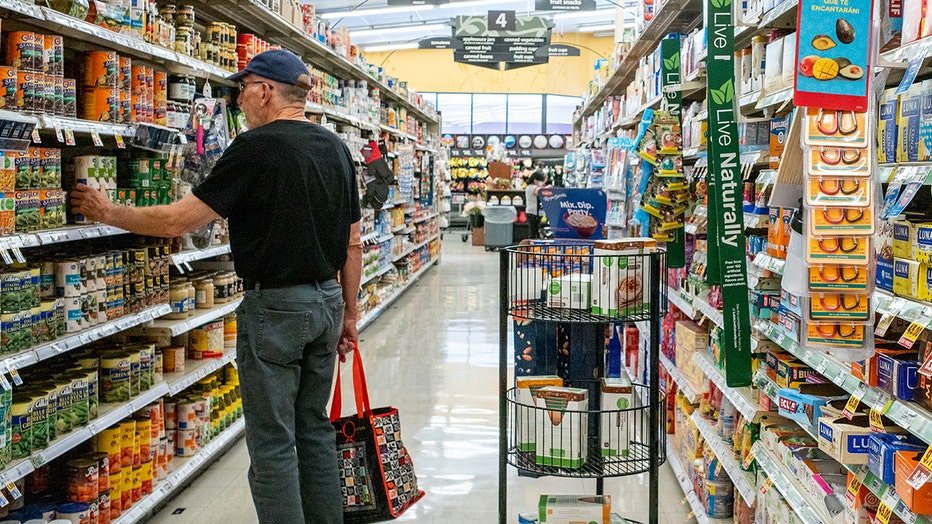Inflation eases in July, but these cities are dealing with the worst of it: Study
Trump talks economy at rally in Asheville, NC
Former President Donald Trump delivered remarks on economic policy at his campaign rally in Asheville, NC Wednesday afternoon.
Inflation fell in July to the lowest level in more than three years, a welcome sign for the Federal Reserve even as prices remained uncomfortably high for millions of Americans.
To determine how inflation is impacting people in different cities, WalletHub released an updated report Wednesday, comparing 23 major metropolitan areas across two key metrics related to the Consumer Price Index (CPI), which measures inflation.
The personal finance company compared the CPI for the latest month to different timeframes to get a snapshot of how inflation has changed in the short and long term for the cities studied.
"The current inflation rate provides insight into ongoing economic challenges and potential future trends. Persistently high inflation rates suggest that supply chain disruptions, labor market imbalances, and energy price volatility are significant issues that may take time to resolve," Doron Narotzki, an associate professor at the University of Akron, said in a statement. "However, if inflation begins to stabilize and decrease, it may signal that the economy is adjusting and that the measures taken to control inflation are effective."

A customer shops in a Kroger grocery store on July 15, 2022 in Houston, Texas. U.S. retail sales rose 1.0% in June according to the Commerce Department, with consumers spending more across a range of goods including gasoline, groceries, and furniture
Cities with biggest inflation problems
- New York-Newark-Jersey City, New York, New Jersey
- Minneapolis-St. Paul-Bloomington, Minnesota, Wisconsion
- Detroit-Warren-Dearborn, Michigan
- Chicago-Naperville-Elgin, Illinois
- Urban Honolulu, Hawaii
- St. Louis, Missouri
- Seattle-Tacoma-Bellevue, Washington
- San Diego-Carlsbad, California
- Philadelphia-Camden-Wilmington, Pennsylvania, Maryland, Delaware
- Washington-Arlington-Alexandria, DC-VA-MD-WV
- Atlanta-Sandy Springs-Roswell, Georgia
- Baltimore-Columbia-Towson, Massachusetts
- Los Angeles-Long Beach-Anaheim, California
- Dallas-Fort Worth-Arlington, Texas
- Phoenix-Mesa-Scottsdale, Arizona
See the full list here.
Inflation falls in July
On Wednesday, the Labor Department said that the CPI rose 0.2% in July from the previous month, in line with expectations.
Prices climbed 2.9% from the same time last year, beating the 3% headline gain forecast by LSEG economists. It marked the lowest level of inflation since March 2021.
RELATED: Inflation rises 2.9% in July, less than expected
Another data point that measures underlying inflationary pressures within the economy also moderated last month. So-called core prices, which exclude the more volatile measurements of gasoline and food in order to better assess price growth trends, also increased 0.2% in July. From the same time last year, the gauge climbed 3.2%. Both of those readings are in line with expectations.
Altogether, the report indicates that inflation is loosening its stranglehold on the U.S. economy, though prices still remain above the Fed's 2% target.
"Inflation is calmer, thereby setting the Fed Reserve up to start the rate-cutting process in September," Lawrence Yun, chief economist for the National Association of Realtors, said in a statement. "The Fed has indicated the need to normalize and move away from the current "restrictive" monetary policy and its willingness to cut if inflation moves towards 2% rather than waiting to reach 2%."

